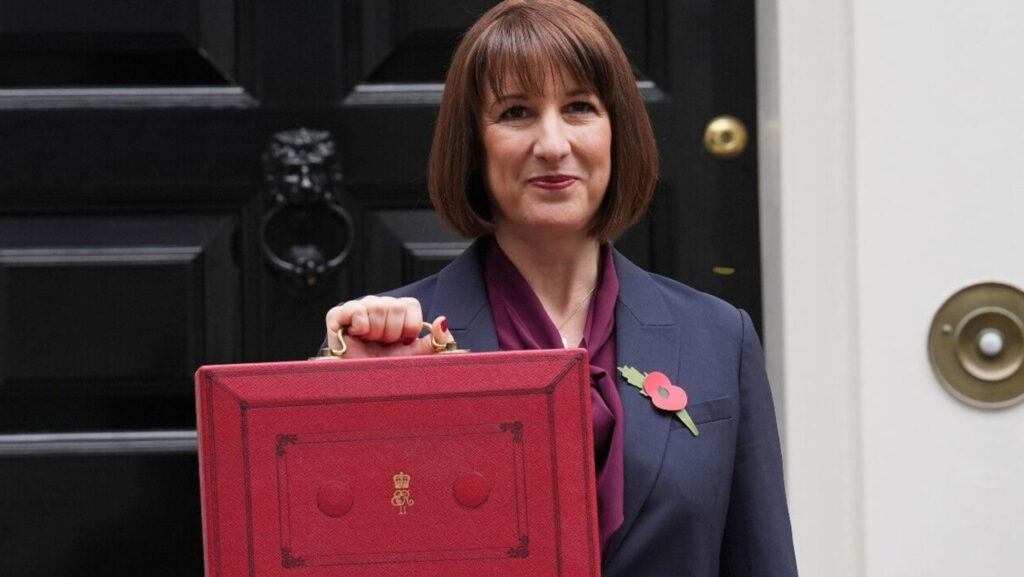Address
Chapel en le Frith, High Peak, Derbyshire
Work Hours
Monday to Friday: 9AM - 7PM
Weekend: 10AM - 5PM


How to Create a Trust to Minimise Inheritance Tax: Combining Trusts with the 7-Year Gift Rule (PET)
When it comes to estate planning, setting up a trust can be a powerful tool to reduce or even avoid paying inheritance tax. Combining this with the 7-year gift rule, also known as a Potentially Exempt Transfer (PET), offers an effective strategy. This blog will cover the basics of using trusts and the PET rule to plan your estate, along with the setup process, associated costs, potential benefits, and pitfalls to be aware of.
Understanding Inheritance Tax, Trusts, and the 7-Year Gift Rule
In the UK, inheritance tax (IHT) will apply at a rate of 20% on the value of a farm exceeding £1,000,000 from 2026 upon death. However, several strategies can reduce or eliminate this tax liability. Two popular methods are setting up a trust and using the 7-year gift rule.
1. Trusts: A trust allows you to transfer assets out of your estate while still benefiting others, like children or grandchildren. Because assets placed in certain types of trusts are no longer considered part of your estate, they may avoid IHT.
2. The 7-Year Gift Rule (PET): The 7-year rule allows you to make gifts without paying inheritance tax, provided you survive for at least seven years after making the gift. If you pass away within this period, the gift may still be subject to inheritance tax on a sliding scale, called “taper relief.”
Combining these two tools allows for even greater flexibility and potential tax savings.
Step 1: Choosing the Right Type of Trust
The first step in creating a trust to avoid inheritance tax is selecting the right type. Not all trusts offer IHT benefits. Here are the most common types for tax efficiency:
• Discretionary Trust: Offers flexibility in distributing assets, as trustees can decide how and when beneficiaries receive the assets. Assets in a discretionary trust are not considered part of the estate for IHT purposes after seven years.
• Bare Trust: Assets in a bare trust are immediately available to beneficiaries, often with fewer tax implications if beneficiaries are minors. Bare trusts are more limited because the assets ultimately belong to the beneficiary and will become part of their estate.
• Interest in Possession Trust: Gives one or more beneficiaries the right to receive income from the trust, but the capital is not theirs. This trust type offers more control over capital but has stricter IHT rules.
Most people looking to avoid IHT choose a discretionary trust due to its flexibility and potential tax efficiency.
Step 2: Combining the Trust with the 7-Year Gift Rule
Once you’ve chosen the right trust, the next step is to transfer assets into it as a Potentially Exempt Transfer (PET). Here’s how it works:
1. Establish the Trust: Work with a solicitor to set up the trust structure, including the trust deed and choice of trustees.
2. Transfer Assets: Transfer assets (e.g., property, cash, or shares) into the trust. Each transfer made into the trust can be treated as a PET.
3. Wait for the 7-Year Rule: To ensure the transfer is IHT-free, you’ll need to survive for seven years. During this period, any gifts or transfers into the trust could potentially attract IHT if you pass away before the seven-year mark.
4. Tracking Gifts and Taper Relief: If you pass away within seven years, IHT may still apply, but taper relief could reduce the tax rate on the transferred assets if death occurs between 3 and 7 years from the transfer date.
Step 3: Setting Up a Trust—Key Steps and Costs
Setting up a trust involves legal, financial, and administrative processes. Here’s a basic outline:
1. Consult a Solicitor or Estate Planner: Engage a professional to set up the trust deed and handle the legal aspects.
2. Define the Trust’s Purpose and Beneficiaries: Identify who will benefit from the trust, such as children or grandchildren, and specify how the assets are to be used.
3. Choose Trustees: Select trustees who will manage the trust’s assets. This can include family members, trusted friends, or professionals.
4. Transfer Assets: Transfer assets into the trust as planned.
Costs
• Legal Fees: Legal fees for setting up a trust typically range between £1,000 and £3,000 for straightforward cases. More complex trusts can cost up to £10,000.
• Trustee Fees: Professional trustees (if used) charge an ongoing fee, which may range from 1% to 2% of the trust’s assets annually.
• Ongoing Administration: Trusts may require ongoing administrative support and tax filings, costing around £500 to £1,500 per year.
Benefits of Using a Trust and the 7-Year Rule to Avoid IHT
• Potential IHT Savings: After seven years, assets in the trust are outside your estate for IHT purposes, potentially saving heirs 40% tax on the transferred amount.
• Flexibility: Discretionary trusts offer flexibility in terms of how and when beneficiaries receive their inheritance.
• Asset Protection: Trusts can protect assets from being squandered by providing oversight on how funds are used and distributed.
Potential Pitfalls and Risks
While using a trust and the 7-year gift rule can provide tax benefits, there are also pitfalls to be aware of:
1. Surviving the Seven-Year Period: The primary risk is that IHT will still apply if you pass away within seven years of transferring assets. Taper relief can reduce this liability, but it does not eliminate it entirely.
2. Complexity and Costs: Trusts require legal advice, and their ongoing administration can be complex and costly, particularly if professional trustees are involved.
3. Loss of Control: Once assets are in a trust, they no longer belong to you, and you lose control over how they’re used, except within the rules defined in the trust deed. Trustees hold the ultimate power over asset distribution.
4. Periodic IHT Charges: Discretionary trusts are subject to a periodic IHT charge (every 10 years) on the value of assets in the trust. This charge is typically around 6% and is based on the value of the assets at the time of review.
5. Potential for Capital Gains Tax (CGT): Transfers into and out of trusts can trigger capital gains tax if the assets have appreciated, which may need to be factored into the estate plan.
Is It Worth Setting Up a Trust?
Setting up a trust combined with the 7-year gift rule can be highly effective for those with substantial estates, especially if they are confident they will outlive the 7-year period after making the transfer. For smaller estates, however, the cost and complexity may outweigh the benefits.
Final Thoughts
Using a trust along with the 7-year gift rule is a sophisticated approach to estate planning. It’s ideal for those who want to protect assets for future generations while reducing inheritance tax. If this sounds like a fit for your needs, consulting with a qualified estate planner or solicitor will be essential to understand the legal details, establish the trust correctly, and navigate the potential tax implications.
With the right guidance and a carefully structured approach, you can successfully minimize inheritance tax and ensure that more of your wealth is passed on to the people and causes you care about.